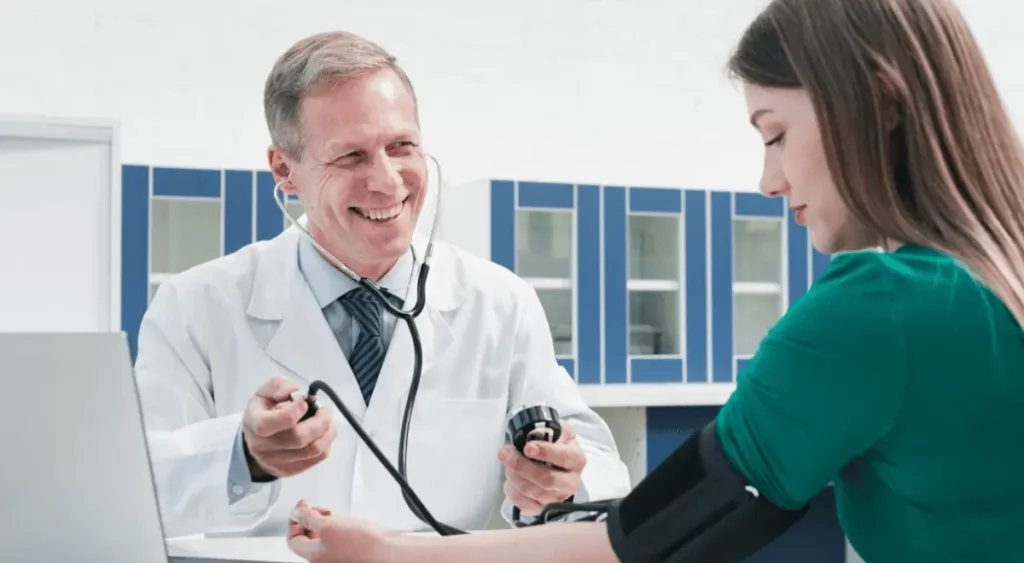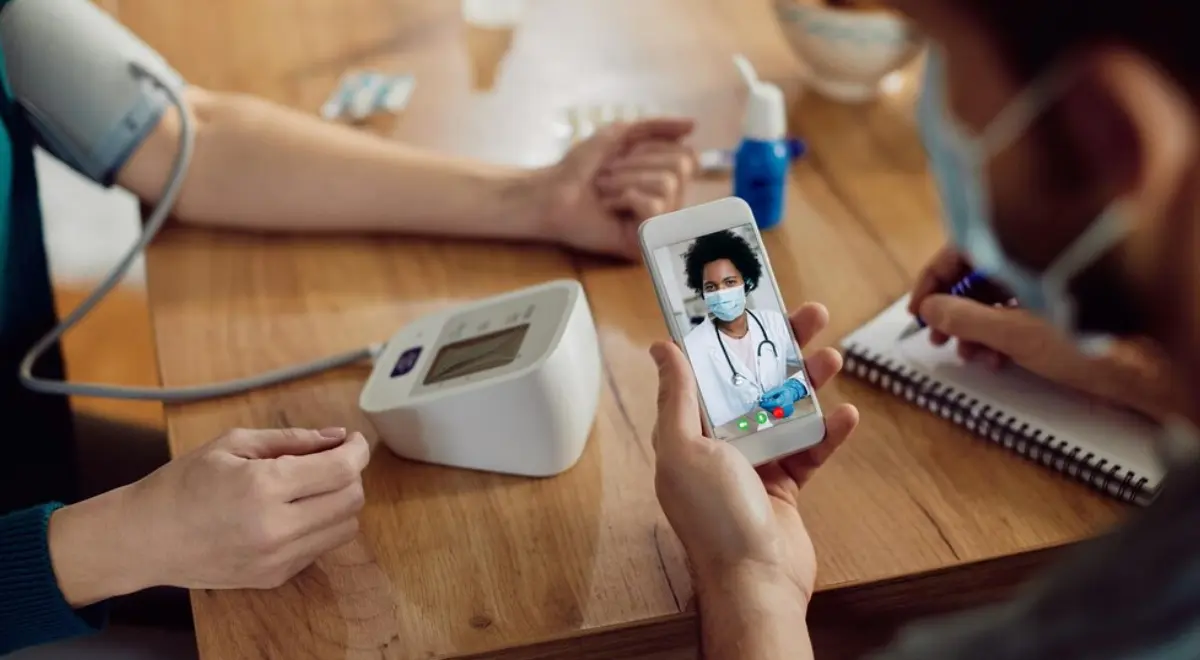Improved Outcomes in Chronic Care with RPM

Chronic diseases like diabetes and heart failure are a growing concern, requiring constant attention and personalized care. Managing these conditions can be complex, often involving frequent doctor visits and medication adherence.
Remote Patient Monitoring (RPM), a revolutionary technology is now helping improve how healthcare providers make it easy to manage chronic conditions for their patients.
RPM offers a wide range of benefits, from real-time monitoring to reduced hospitalizations. Let’s understand how RPM is leading the way toward improved chronic care outcomes.
Table of Contents
ToggleWhat Exactly Is Remote Patient Monitoring (RPM)?
Ever wondered how doctors keep an eye on patients with chronic conditions beyond checkups? Remote Patient Monitoring (RPM) is essentially a system that allows healthcare providers to track a patient’s health data remotely, offering a more continuous picture.
Here’s how it works:
Data Acquisition: Wireless sensors or wearable devices measure vitals like blood pressure or blood sugar. These devices collect patient health data.
Data Processing: This collected data is then transmitted securely to a central system, like a computer network. Think of it as sending information to a secure storage room.
Communication: Healthcare providers can access this data through a user-friendly platform, giving them real-time insights into the patient’s health. It’s like having a live report card on your health!
The unique feature of RPM is its versatility. It’s not limited to any one age group or condition. It can be customized to monitor specific health parameters, making it a valuable tool for a wide range of patients.
Now let’s quickly understand how RPM is beneficial in chronic care.
How RPM Aids In Chronic Care?
- Real-time Monitoring & Quick Intervention:RPM keeps physicians and patients in the loop with real-time readings of vitals. This allows spotting any health changes quickly and adjusting the treatment plan if needed, without extra visits.
- Hospital at Home:RPM lets patients recover in the comfort of their home while a physician monitors your health remotely. This can be especially helpful for chronic conditions, where staying in a hospital isn’t always necessary.
- Ditches the Appointment Hustle: RPM allows remote monitoring, eliminating unnecessary appointments and saving both physicians and patients with precious time.
- Advanced Medical Tools at Your Fingertips:Think of RPM as a doctor’s toolbox that can be accessed remotely. It provides advanced tools for physicians to diagnose, evaluate, and prescribe the most suitable treatment for a patient’s specific condition.
How RPM is Preventing Health Emergencies?
Chronic conditions can sometimes lead to unexpected emergencies. By allowing proactive monitoring and care management, RPM can help prevent these situations:
- Early Warning System:RPM acts like an early warning system for health. By constantly monitoring patient vitals, it can detect potential problems before they escalate, allowing physicians and healthcare providers to intervene and adjust a treatment plan to prevent complications.
- Cost Savings for Everyone:Reduced hospital stays and emergencies translate to significant cost savings. This benefits both patients (lower medical bills) and the healthcare system (reduced resource strain).
Future of Chronic Care Through the RPM
RPM isn’t just a trend; it’s shaping the future of chronic care! Here’s what else is coming:
- Personalized Plans Based on Your Data:RPM generates a wealth of patient data on vitals, and more. This data will be used to create highly personalized treatment plans, tailoring care to a patient’s specific needs and responses.
- Connected Healthcare System:Think of a seamless information flow between doctors, specialists, other healthcare providers, and patients. RPM will be integrated into a broader healthcare ecosystem, ensuring everyone involved has a complete picture of their health for better care coordination.
- Telehealth Innovation Growing:The future of RPM is brimming with innovation! Advancements in wearables, sensors, and cellular devices will enhance RPM capabilities. Imagine features like predictive analytics that can anticipate potential health issues before they become serious.
- Bridging the Gap in Healthcare Access:RPM can bridge the gap in healthcare access, particularly for individuals in remote areas. Remote monitoring allows them to receive quality care without the limitations of location, potentially reducing healthcare disparities.
Conclusion
Remote Patient Monitoring (RPM) is a boon in the healthcare industry and works hand-in-hand with Chronic Care Management (CCM). It is a significant step towards a future of personalized and efficient chronic care.
If you are ready to improve patient outcomes and boost practice revenue, you can check out HealthArc’s platform for remote patient monitoring and chronic care management. Our unified digital health platform is designed to enhance patient outcomes, drive operational efficiency, and reduce costs for healthcare providers.
Schedule a demo to learn more about our remote patient monitoring platform or call us today at +201 885 5571 to set up a consultation with our experts.
Most recent blogs
Categories
- Advanced Primary Care Management
- Behavioral Health Integration
- Cellular Remote Patient Monitoring
- Chronic Care Management
- Chronic Care Management Billing
- Chronic Care Management CPT Codes
- Chronic Care Management Program
- Chronic Care Management Software
- Digital Health Platform
- Principal Care Management
- Principal Care Management CPT Codes
- Remote Care Programs
- Remote Monitoring Devices
- Remote Patient Care
- Remote Patient Monitoring
- Remote Patient Monitoring Billing
- Remote Patient Monitoring CPT Codes
- Remote Patient Monitoring Devices
- Remote Patient Software
- Remote Therapeutic Monitoring
- Remote Therapeutic Monitoring Billing
- Remote Therapeutic Monitoring CPT Codes
- Telemedicine & RPM
- Transitional Care Management
- Transitional Care Management Billing
- Transitional Care Management CPT Codes
Related Posts
- February 21, 2025 | Read Time: 5 mins
RPM’s Role in Identifying Early Symptoms of Chronic Conditions for Prevention
- February 14, 2025 | Read Time: 4 mins
Monitoring Post-Surgical Recovery With RPM Systems
- February 10, 2025 | Read Time: 5 mins






